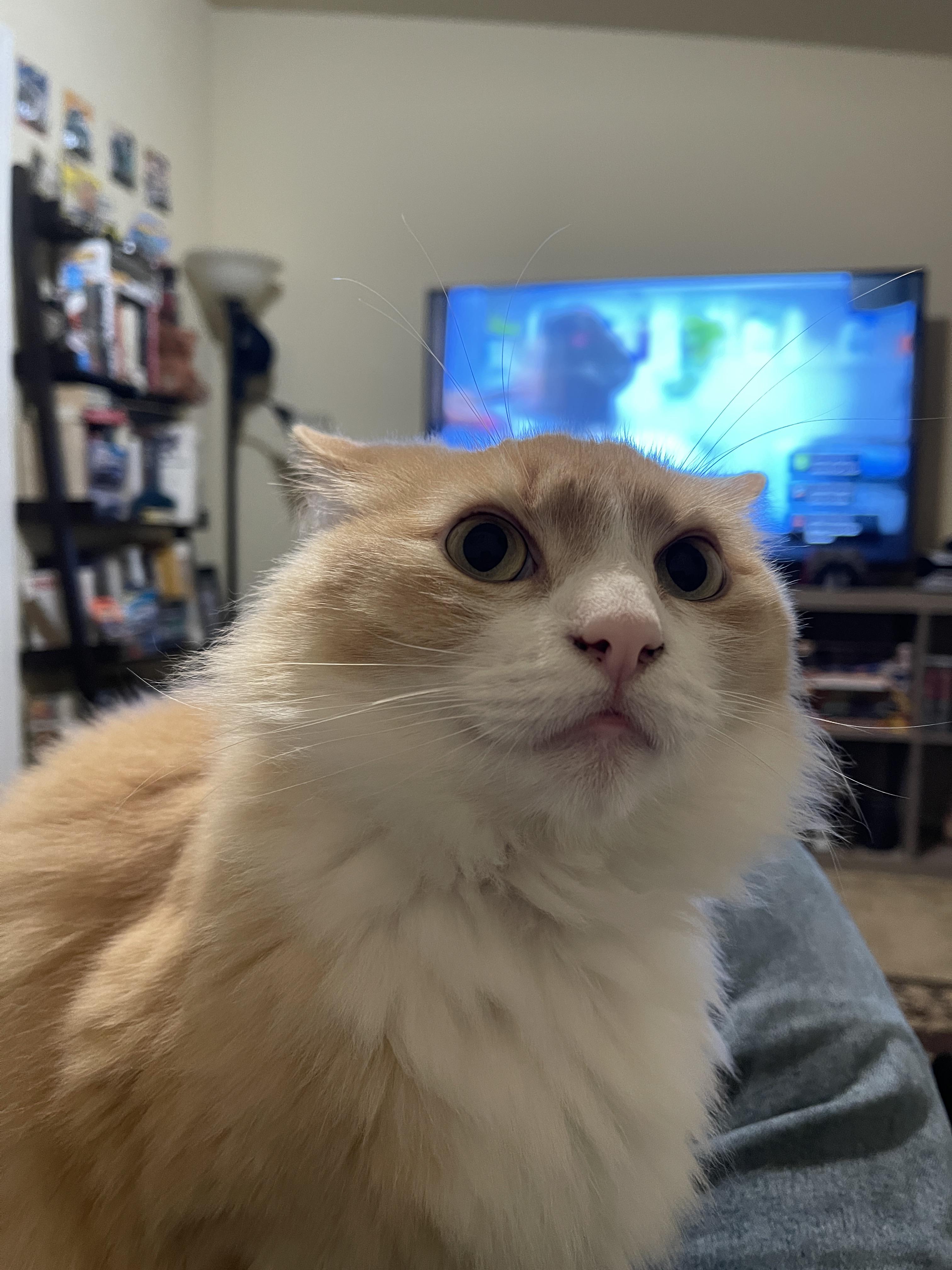Those claiming AI training on copyrighted works is “theft” misunderstand key aspects of copyright law and AI technology. Copyright protects specific expressions of ideas, not the ideas themselves. When AI systems ingest copyrighted works, they’re extracting general patterns and concepts - the “Bob Dylan-ness” or “Hemingway-ness” - not copying specific text or images.
This process is akin to how humans learn by reading widely and absorbing styles and techniques, rather than memorizing and reproducing exact passages. The AI discards the original text, keeping only abstract representations in “vector space”. When generating new content, the AI isn’t recreating copyrighted works, but producing new expressions inspired by the concepts it’s learned.
This is fundamentally different from copying a book or song. It’s more like the long-standing artistic tradition of being influenced by others’ work. The law has always recognized that ideas themselves can’t be owned - only particular expressions of them.
Moreover, there’s precedent for this kind of use being considered “transformative” and thus fair use. The Google Books project, which scanned millions of books to create a searchable index, was ruled legal despite protests from authors and publishers. AI training is arguably even more transformative.
While it’s understandable that creators feel uneasy about this new technology, labeling it “theft” is both legally and technically inaccurate. We may need new ways to support and compensate creators in the AI age, but that doesn’t make the current use of copyrighted works for AI training illegal or unethical.
For those interested, this argument is nicely laid out by Damien Riehl in FLOSS Weekly episode 744. https://twit.tv/shows/floss-weekly/episodes/744


Exactly! This is the core of the argument The New York Times made against OpenAI. And I think they are right.
The examples they provided were for very widely distributed stories (i.e. present in the data set many times over). The prompts they used were not provided. How many times they had to prompt was not provided. Their results are very difficult to reproduce, if not impossible, especially on newer models.
I mean, sure, it happens. But it’s not a generalizable problem. You’re not going to get it to regurgitate your Lemmy comment, even if they’ve trained on it. You can’t just go and ask it to write Harry Potter and the goblet of fire for you. It’s not the intended purpose of this technology. I expect it’ll largely be a solved problem in 5-10 years, if not sooner.